-
 © Tony Baker/Classic & Sports Car
© Tony Baker/Classic & Sports Car -
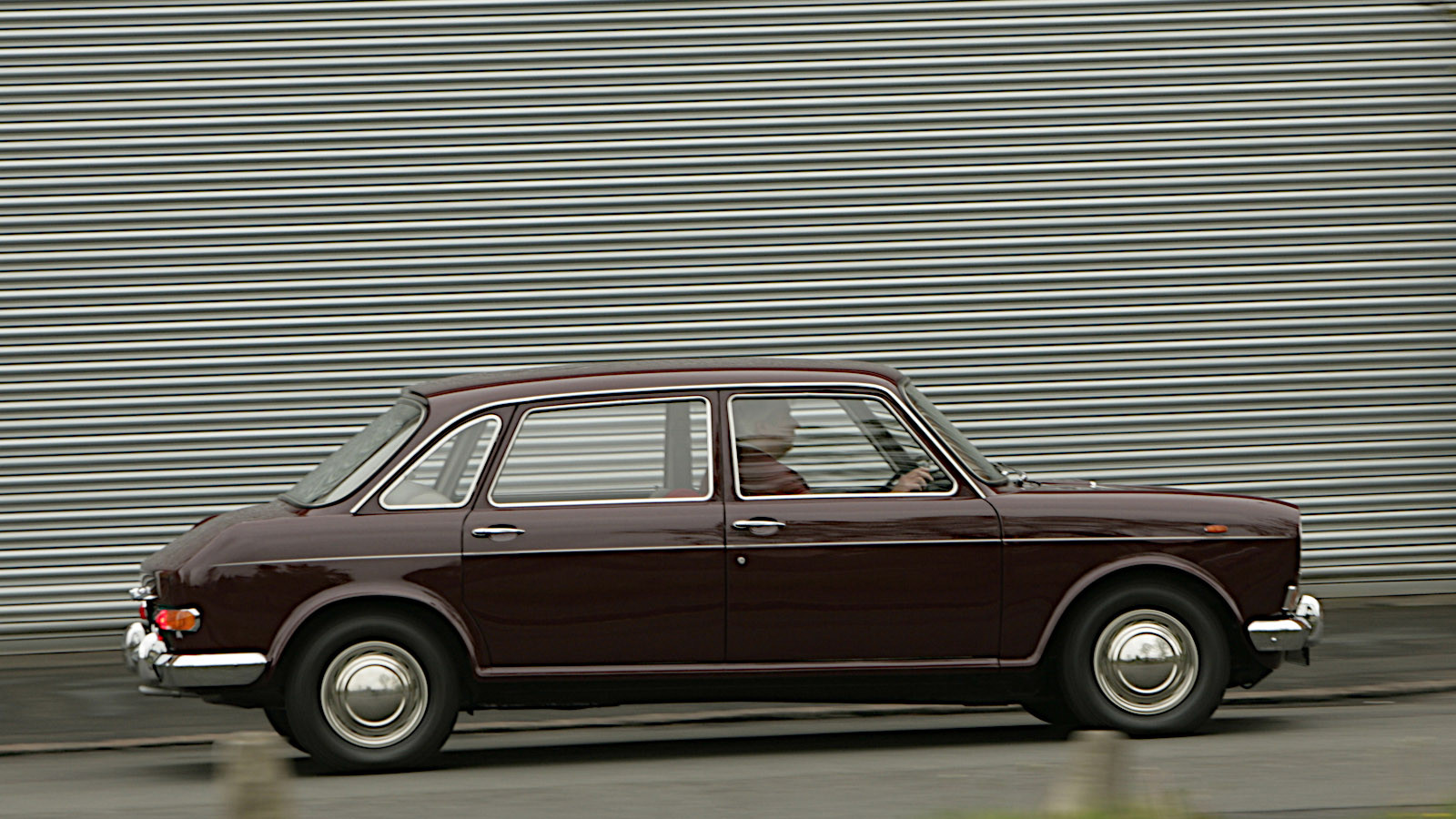 © Classic & Sports Car
© Classic & Sports Car -
 © Tony Baker/Classic & Sports Car
© Tony Baker/Classic & Sports Car -
 © Bonhams|Cars
© Bonhams|Cars -
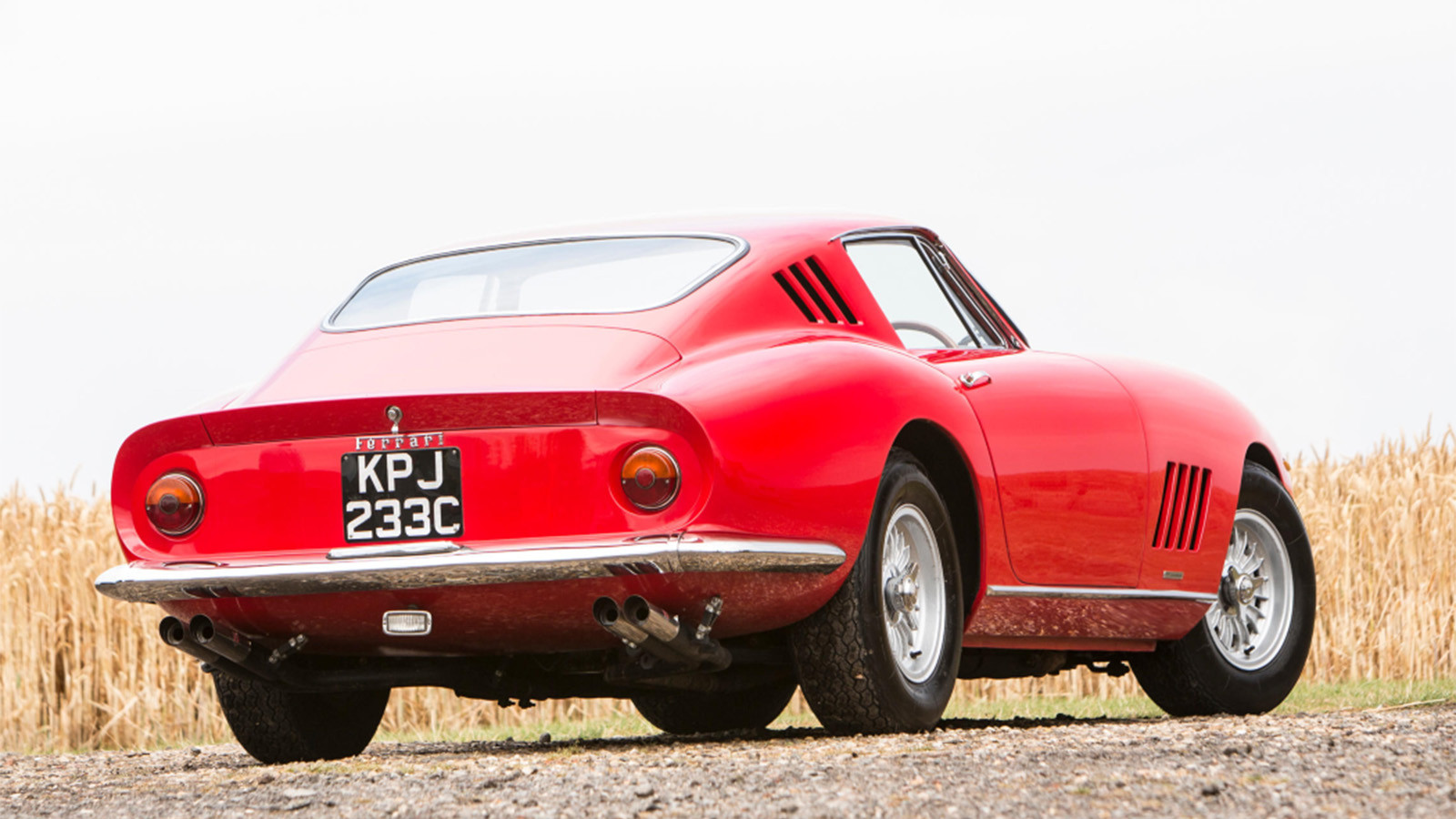 © Bonhams|Cars
© Bonhams|Cars -
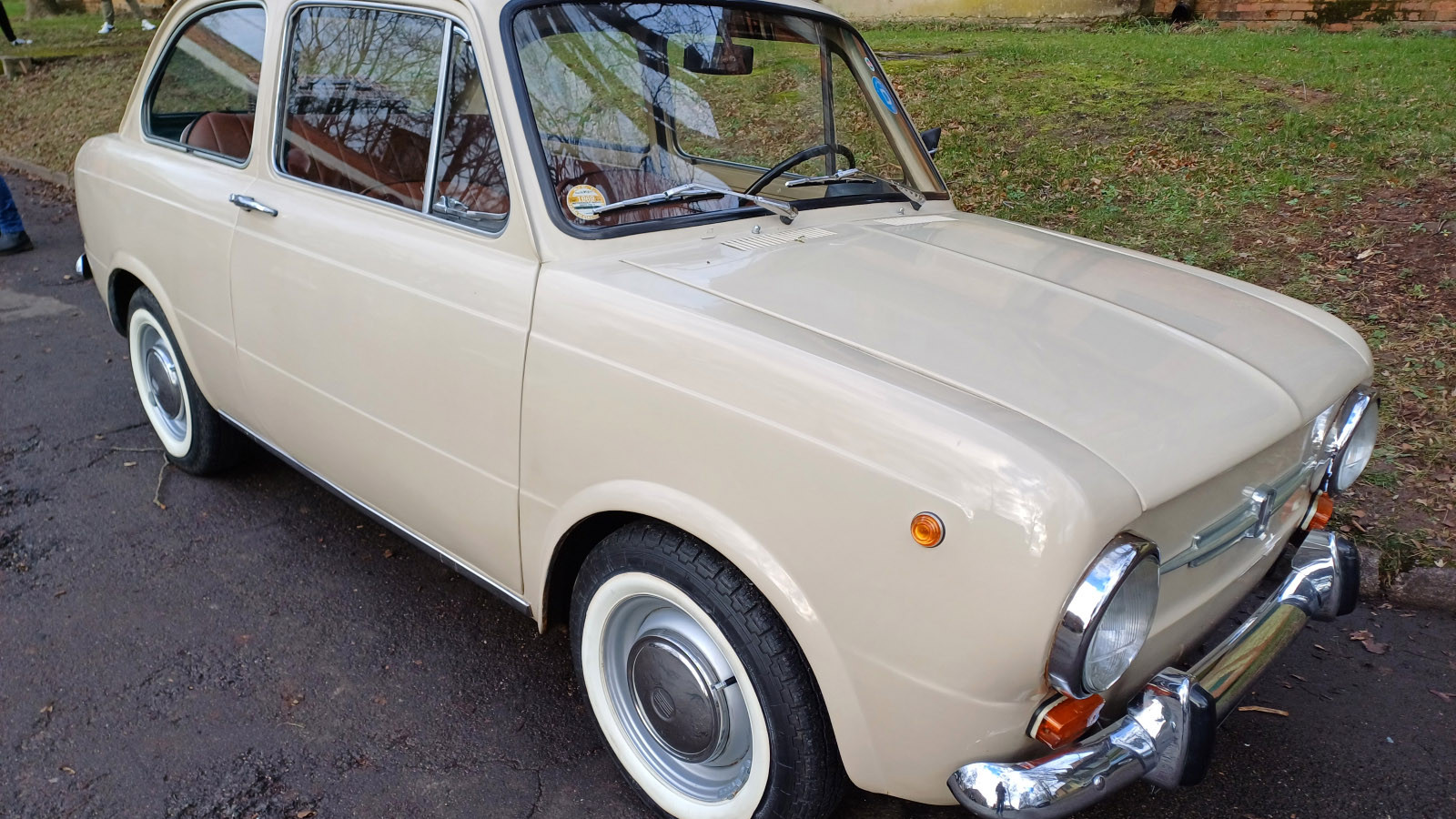 © Simon Hucknall
© Simon Hucknall -
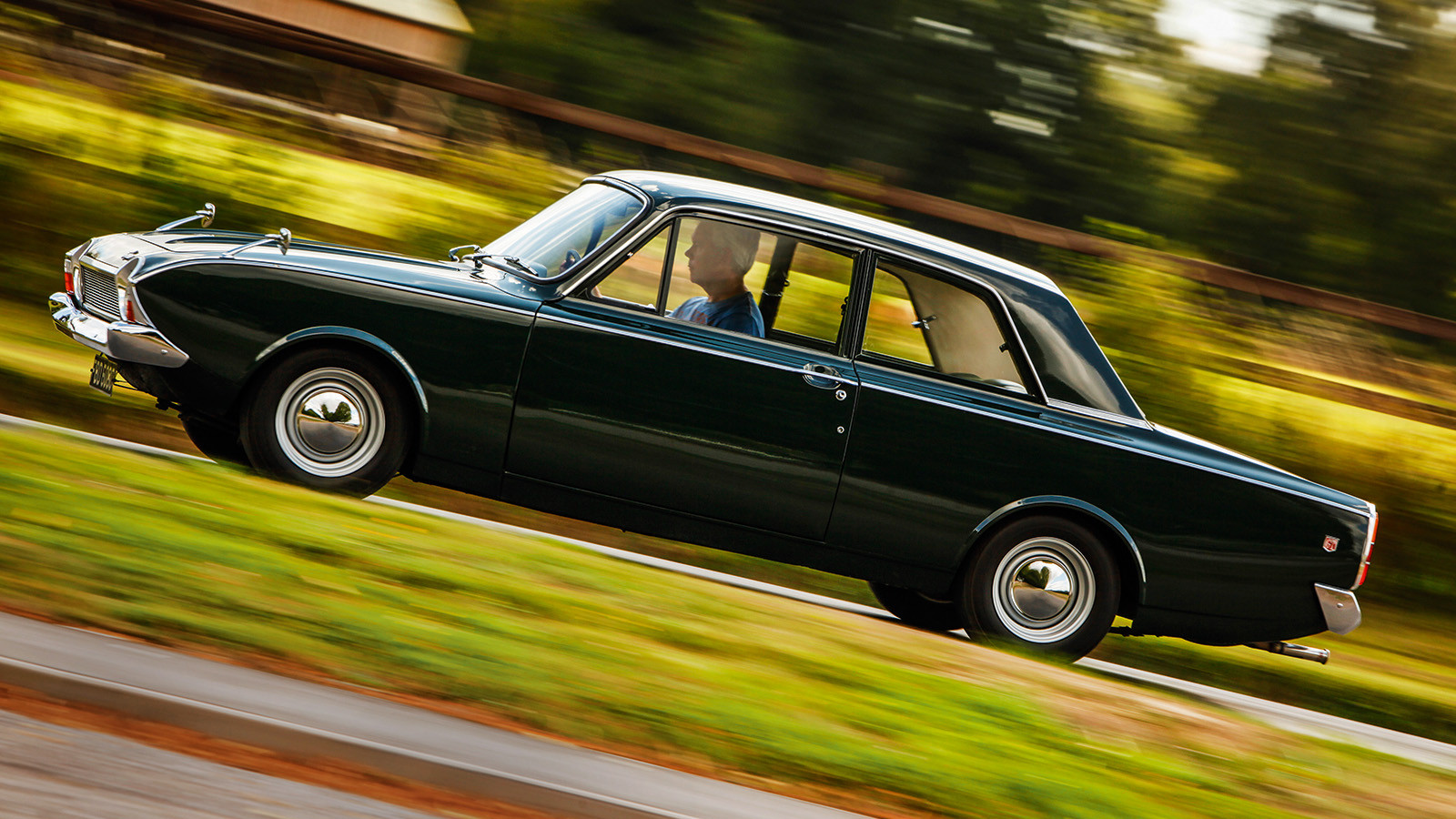 © Tony Baker/Classic & Sports Car
© Tony Baker/Classic & Sports Car -
 © Ford
© Ford -
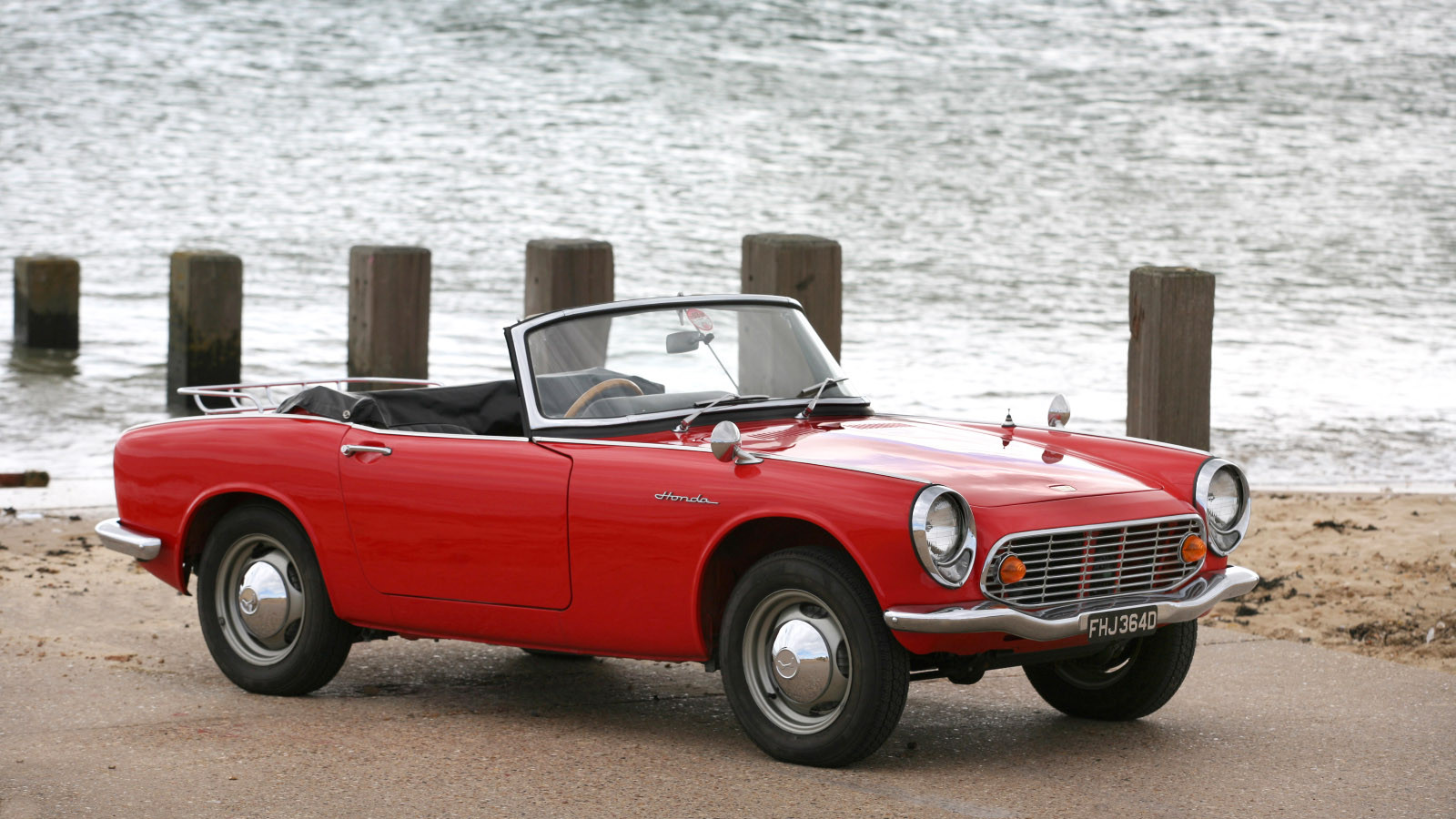 © Bonhams|Cars
© Bonhams|Cars -
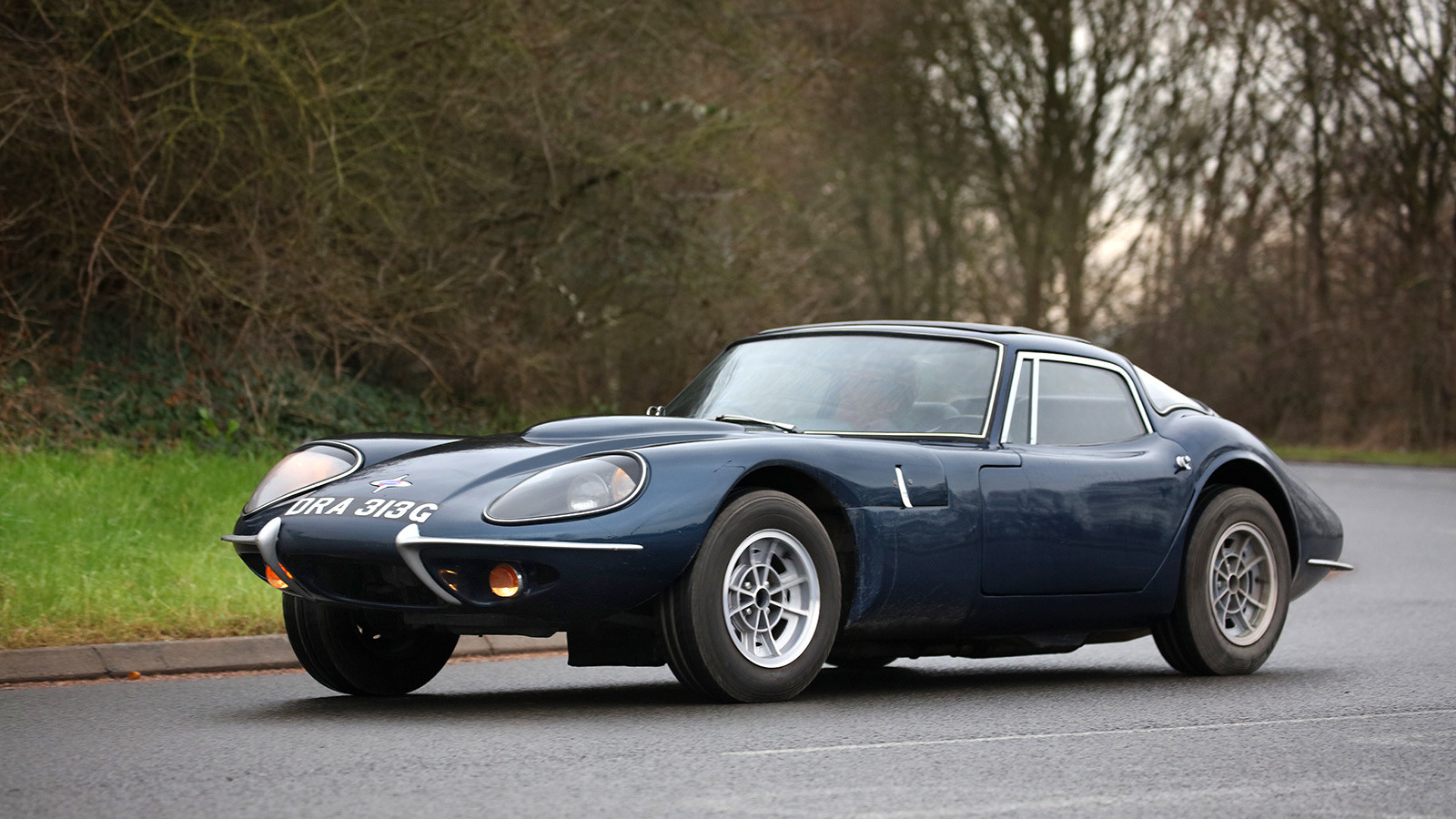 © James Mann/Classic & Sports Car
© James Mann/Classic & Sports Car -
 © Ford
© Ford -
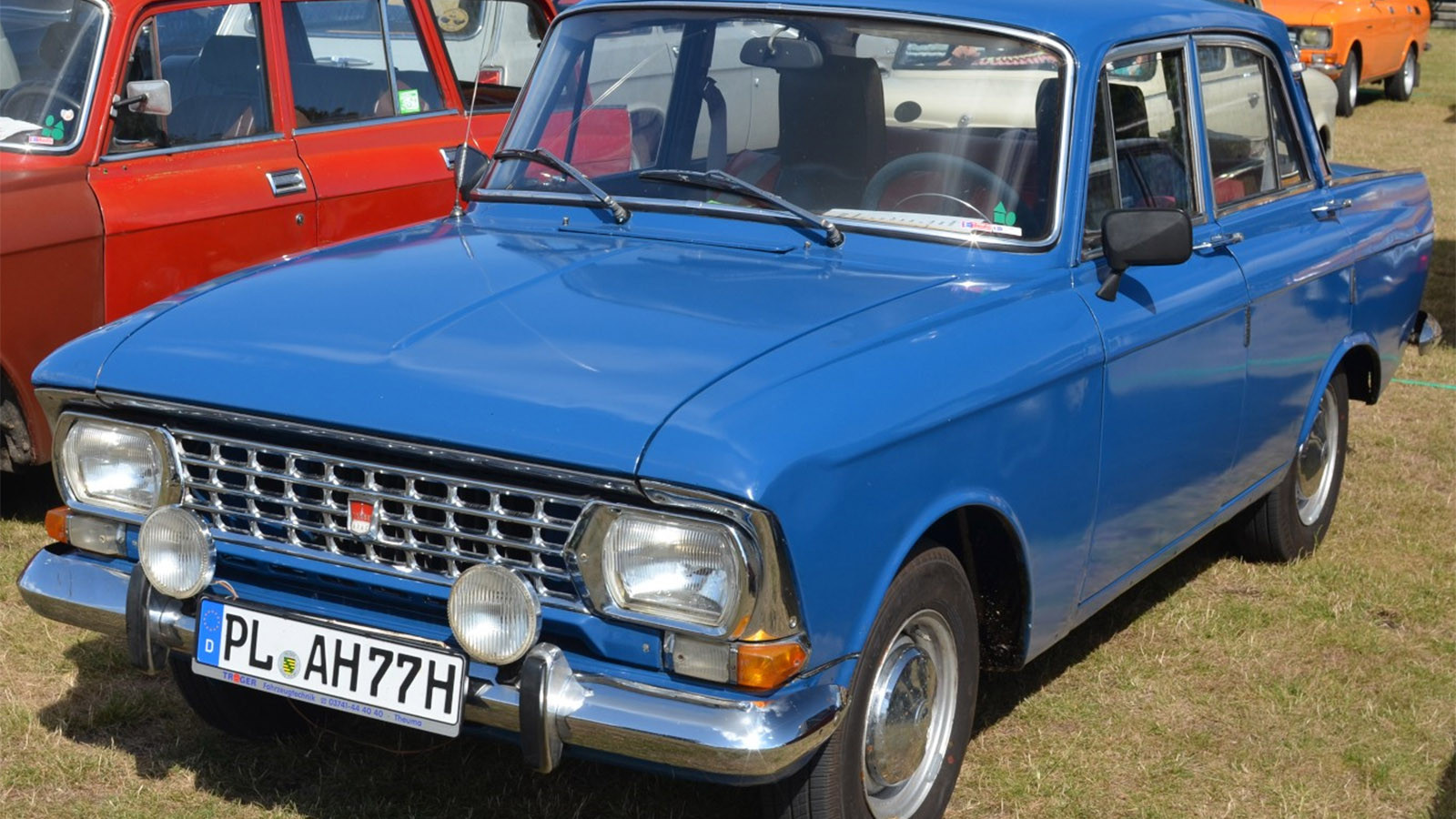 © Torsten Maue/Creative Commons licence https://creativecommons.org/licenses/by/2.0/
© Torsten Maue/Creative Commons licence https://creativecommons.org/licenses/by/2.0/ -
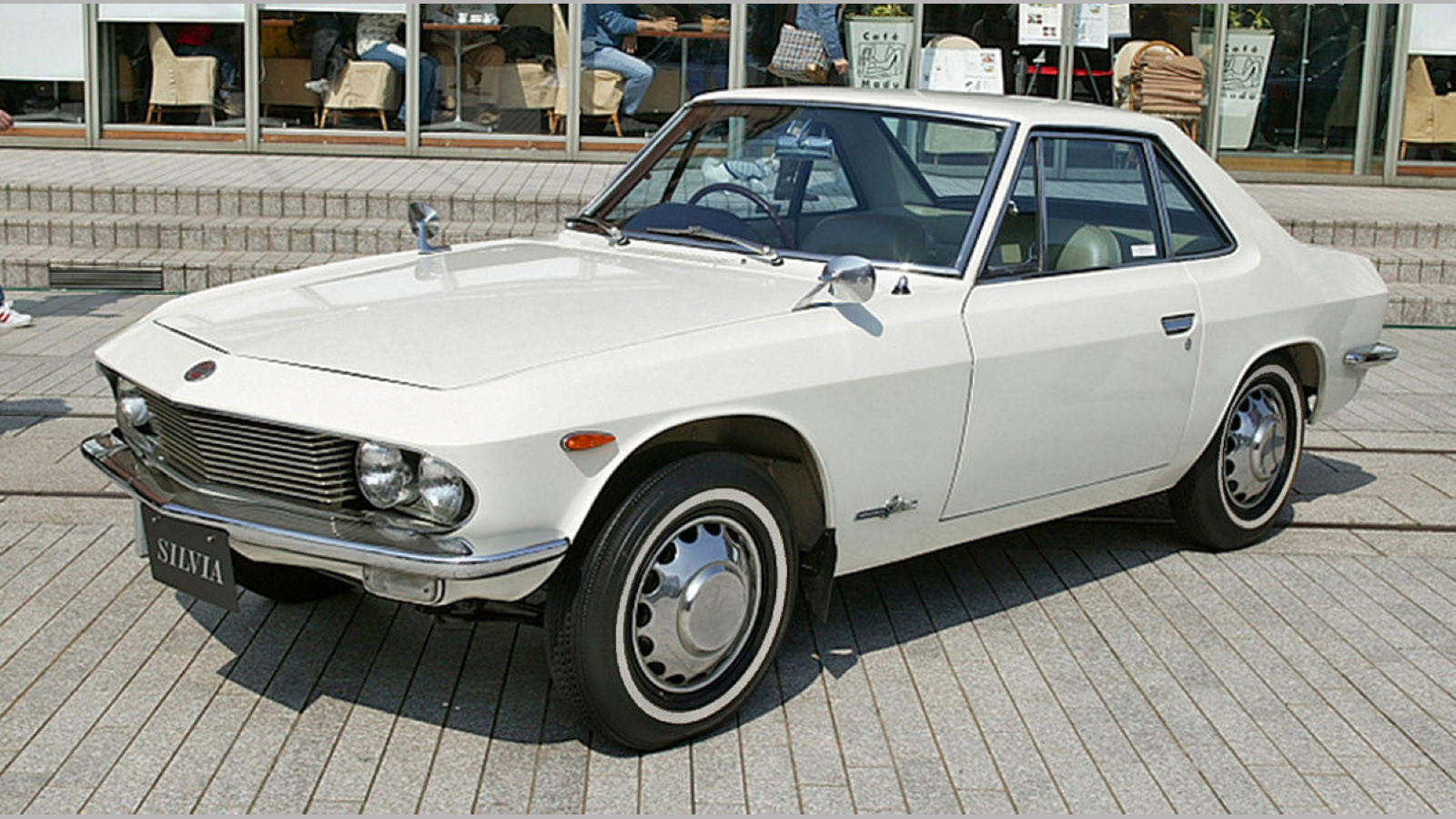 © Tennen-Gas/Creative Commons licence https://creativecommons.org/licenses/by-sa/3.0/deed.en
© Tennen-Gas/Creative Commons licence https://creativecommons.org/licenses/by-sa/3.0/deed.en -
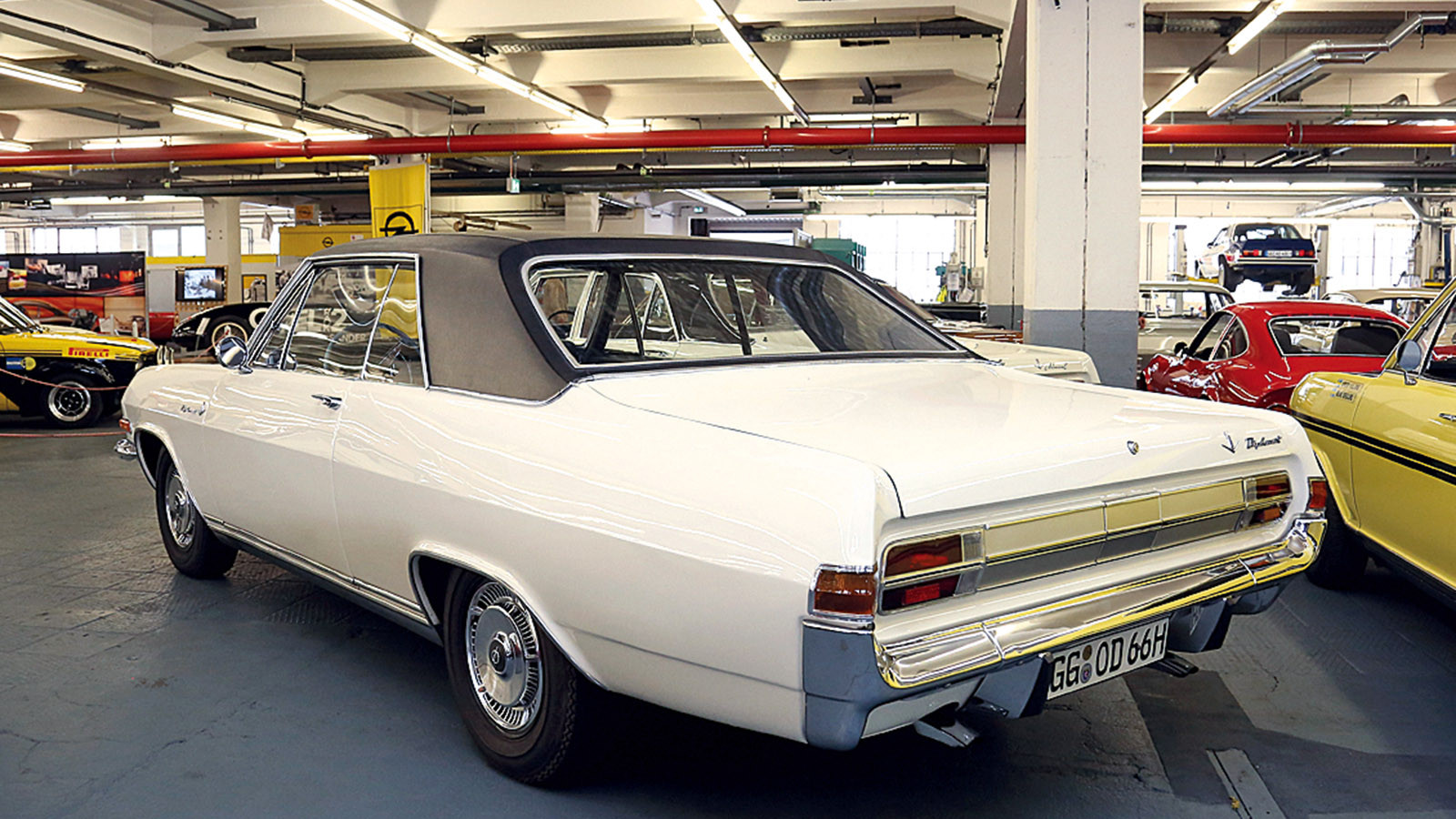 © Camille Pinet/Classic & Sports Car
© Camille Pinet/Classic & Sports Car -
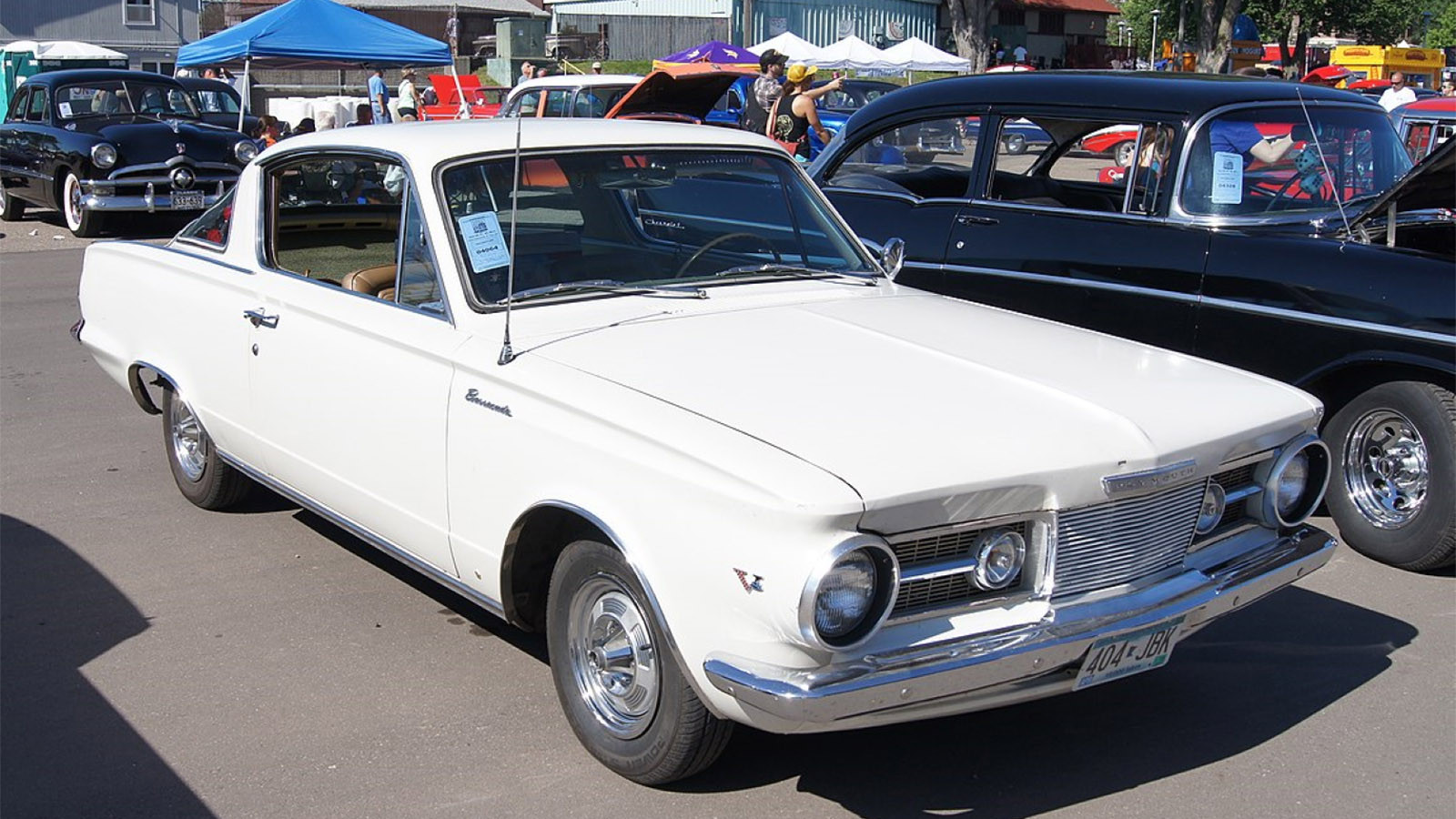 © Greg Gjerdingen/Creative Commons licence https://creativecommons.org/licenses/by/2.0/deed.en
© Greg Gjerdingen/Creative Commons licence https://creativecommons.org/licenses/by/2.0/deed.en -
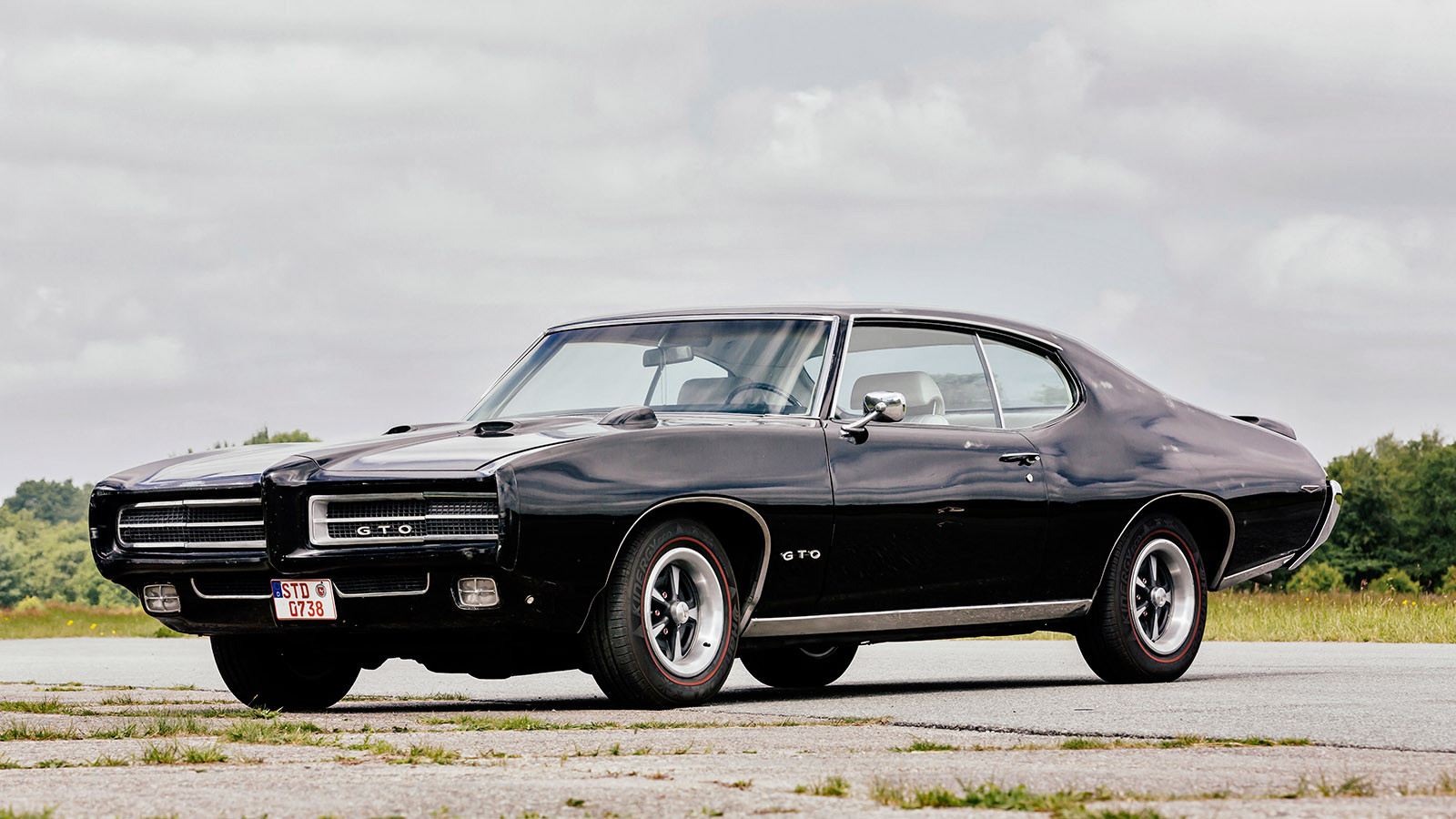 © Roman Rätzke/Classic & Sports Car
© Roman Rätzke/Classic & Sports Car -
 © James Mann/Classic & Sports Car
© James Mann/Classic & Sports Car -
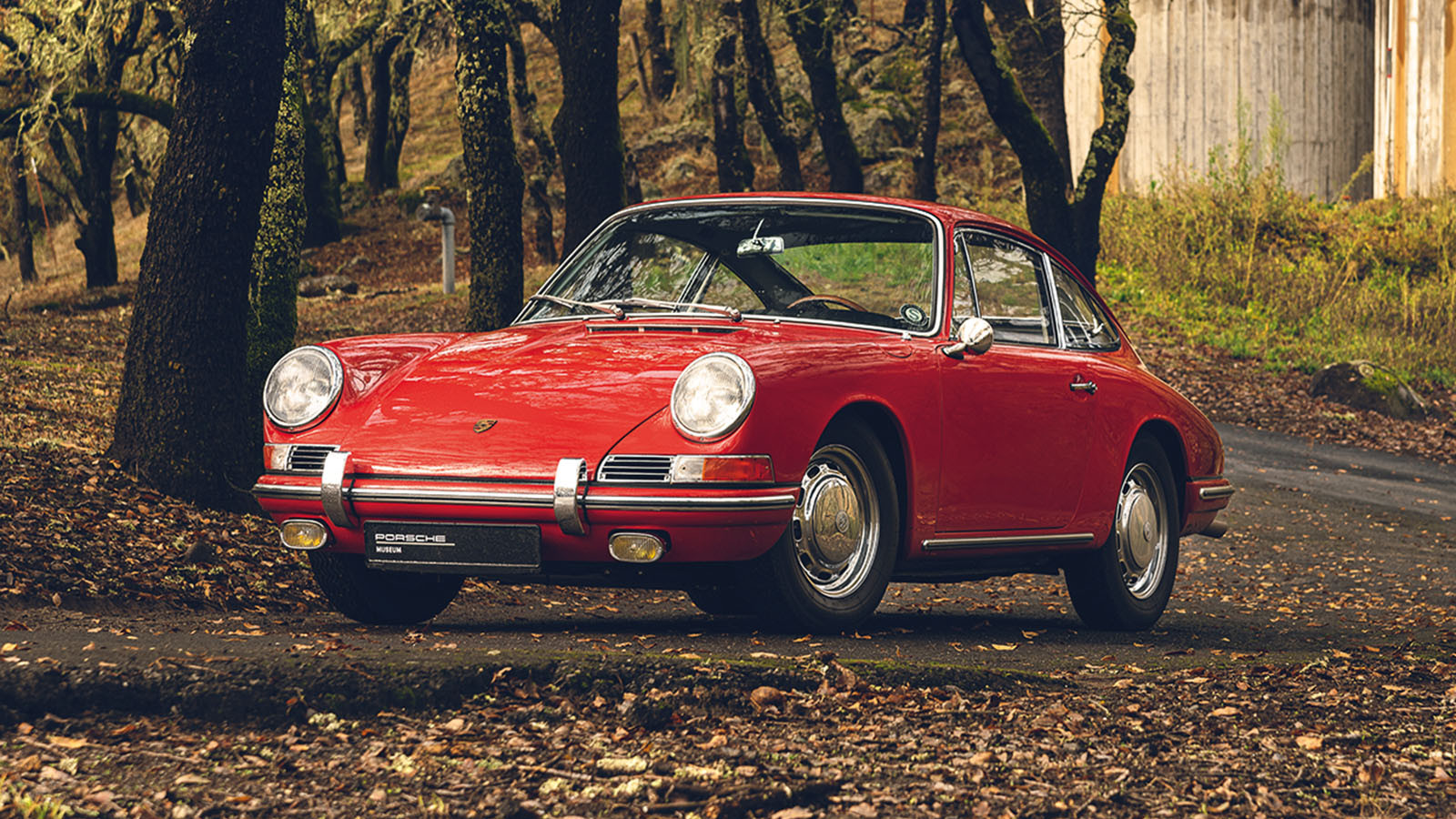 © Jordan Butters/Classic & Sports Car
© Jordan Butters/Classic & Sports Car -
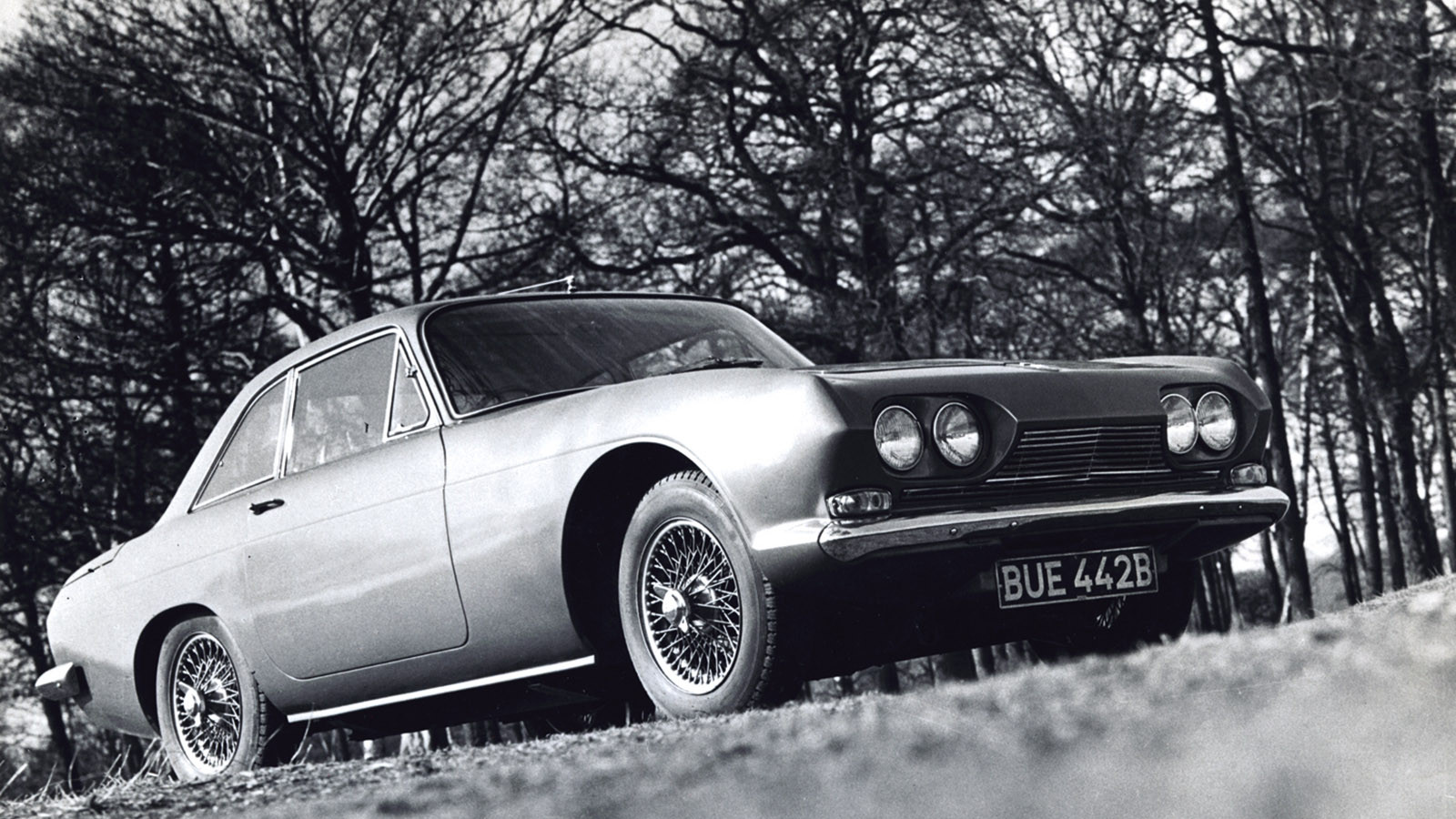 © Classic & Sports Car
© Classic & Sports Car -
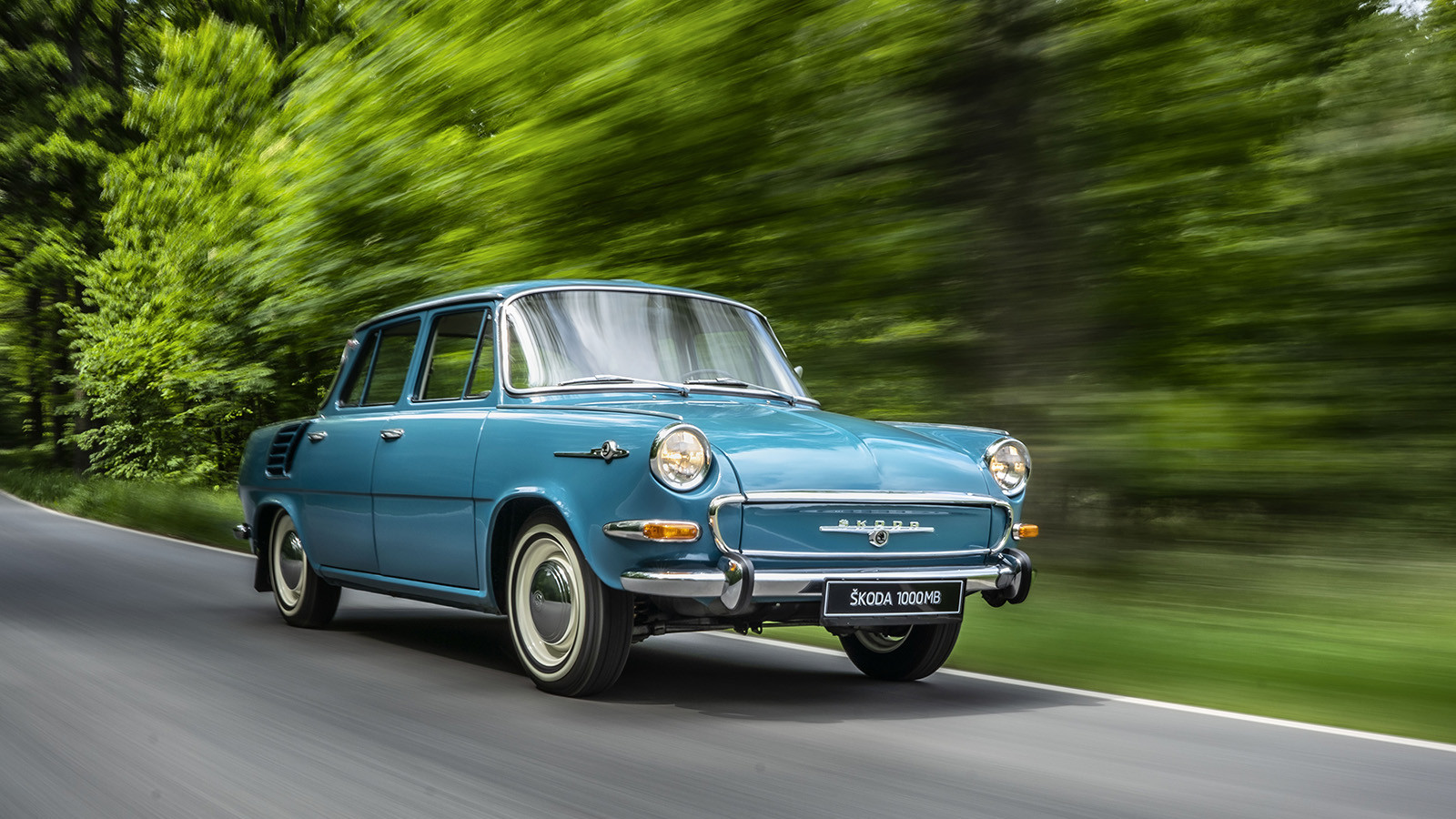 © Škoda
© Škoda -
 © Tony Baker/Classic & Sports Car
© Tony Baker/Classic & Sports Car -
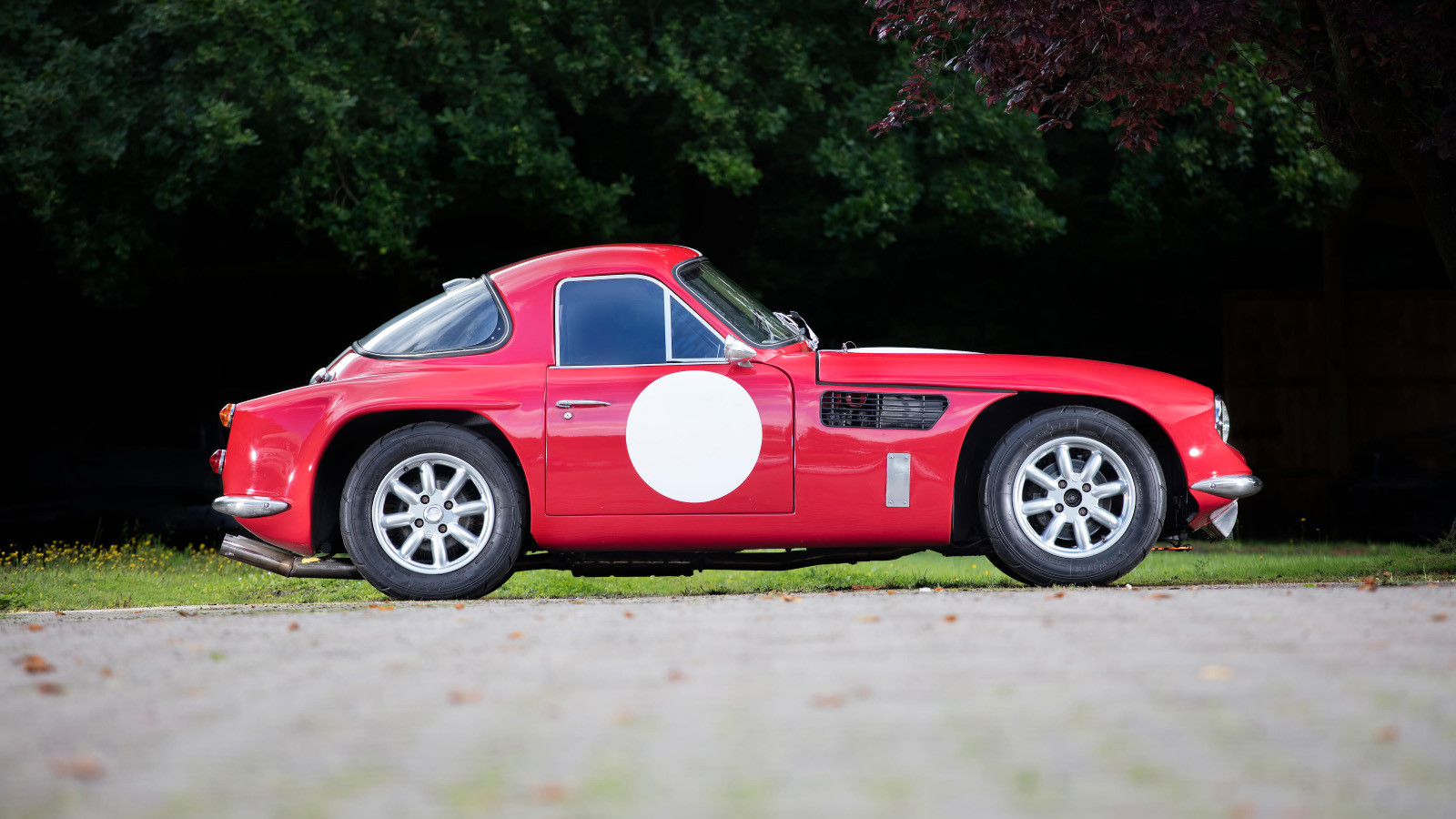 © Bonhams|Cars
© Bonhams|Cars -
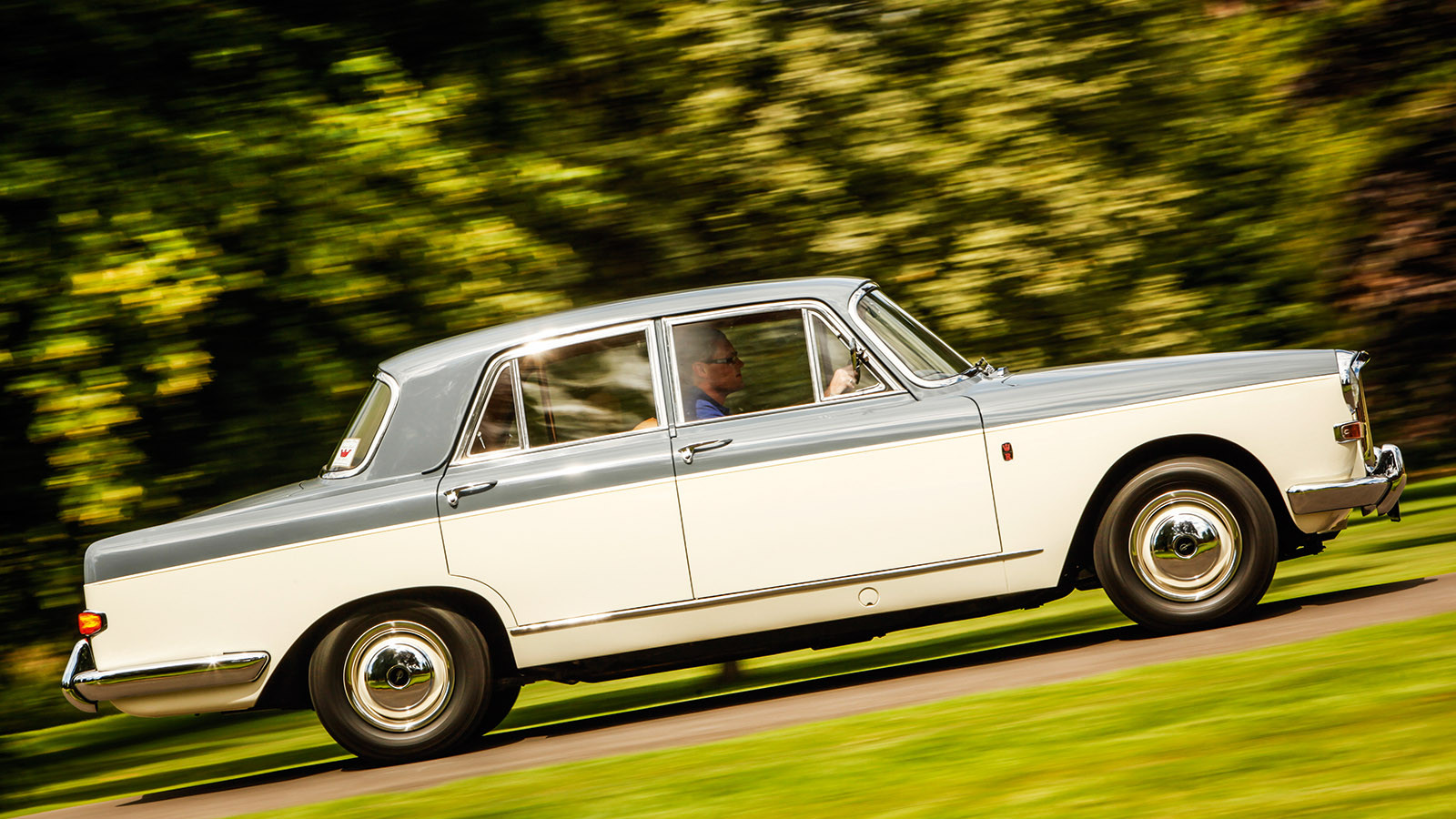 © Tony Baker/Classic & Sports Car
© Tony Baker/Classic & Sports Car
-
Happy 60th birthday!
Take car anniversaries from any post-war year and you’ll be sure to find one or two classic car gems that continue to be adored by enthusiasts.
But some years – such as 1964 – begat marque dynasties that are still revered today, such as the Porsche 911 and the Ford Mustang.
And that was no surprise. Car manufacturers had weathered the austerity of the 1950s, and were now racing into the Swinging Sixties with stylish, flamboyant designs and groundbreaking engineering that would form a precedent for many years to come.
So here, in all their glory, are 22 of 1964’s most important automotive alumni, in alphabetical order.
-
1. Austin 1800
Often referred to as the ‘landcrab’, due to its (at launch) unconventionally wide and low body, the Austin 1800 was to become part of a bigger family of cars, including Morris and Wolseley ranges.
Powered by BMC’s 1798cc B-series four-cylinder engine, the Austin 1800 received much praise at launch for its space-efficient front-wheel-drive engineering and sophisticated hydrolastic suspension, contributing to it being awarded European Car of the Year in 1965.
The Austin 1800 also thrived in endurance rallies, where its advanced chassis and strong construction yielded many successes.
-
2. Autobianchi Primula
It would be easy to overlook the importance of the Autobianchi Primula, which heralded clever front-wheel-drive technology still used in the car industry to this day.
The Primula’s front/transverse engine location had been popularised by the Mini, but legendary engineer Dante Giacosa refined the concept with a compact clutch assembly that allowed the gearbox to run at the side of the engine, rather than in the engine’s sump, as with the BMC car.
This brought greater refinement and easier serviceability, without losing the layout’s packaging advantages.
Once proven in the market, Autobianchi’s parent, Fiat, developed the engineering still further with the more mainstream 128, which became European Car of the Year in 1970.
-
3. Chevrolet Chevelle
Launched by Chevrolet to go head to head with Ford’s new mid-size Falcon in the North American market, the Chevelle was to become one of GM’s most successful models, running through three generations between 1964 and 1977.
Built on GM’s perimeter-frame A-body platform, with four-link rear suspension, the Chevelle was available as a coupé, saloon, convertible or estate.
It was powered by a large range of six- and eight-cylinder engines from 3.2 litres to a big-block 6.5-litre unit.
-
4. Ferrari 275GTB
Replacing the 250-series models, the Ferrari 275GTB was penned by Pininfarina, built by Scaglietti, and available as either a hardtop Berlinetta or convertible GTS.
Powered by a Colombo-designed 3.3-litre V12, producing 276bhp (though when equipped with the optional six-Weber carburettor set-up, Ferrari claimed up to c320bhp), the 275 was the first Ferrari to employ a transaxle, distributing weight more evenly across its ladder-frame chassis.
In 1966, an uprated 275GTB/4 model replaced the 275GTB, bringing with it two cams per cylinder bank and standardised six-Weber carburation.
Ferrari’s 275 range was replaced by the 365GTB/4 Daytona in 1968.
-
5. Fiat 850
No 1960s Italian street scene would be complete without a gaggle of Fiat 850s – just take a look at The Italian Job’s pre-chase clips in Turin if you need any proof.
The second Dante Giacosa masterpiece in our list, the rear-engined 850 derived from the 600, which it replaced, its 843cc engine an enlarged version of that model’s four-cylinder unit.
Pert and well proportioned in standard Berlina (saloon) form, its meagre 33bhp output still allowed a 78mph top speed, thanks to a kerbweight of just 670kg (1477lb).
Sylish Coupé and Spider models added glamour and more performance to the 850 range, while a Familiare derivative evolved into a van and motorhome that was manufactured up to the 1980s.
-
6. Ford Corsair
Unveiled at the London Motor Show in 1963, the Ford Corsair went on general sale early in 1964.
The Corsair’s design was overseen by Ford’s Roy Brown Jnr, who had been responsible for the then recently launched Cortina Mk1.
So it was no surprise that the Corsair was based on a longer-wheelbase version of that model, but reskinned with more rakish lines, including the arrow-shaped front end, influenced by Ford’s US Thunderbird.
Initially powered by a 1.5-litre ‘four’, from 1965 the Corsair was available with a 1.7-litre V4 unit, which grew to 2 litres from 1966 until production ceased in 1970.
-
7. Ford Mustang
In continuous production since 1964, Mustang is also Ford’s longest-serving nameplate, speaking volumes about the tumultuous success of the original pony car.
What a blow to Chrysler it must have been when Ford launched the Mustang in April 1964, just 16 days after Plymouth’s Barracuda, soundly stealing its thunder.
With an entry price of only $2368, made possible by its shared components with Ford’s humble Falcon, it struck an instant chord in the market.
Available as a two-door hardtop or convertible, with a 2+2 fastback following soon after, 40,000 Mustangs were sold in the first year.
-
8. Honda S600
Honda made its first sales foray into Europe with the S600, which was initially sold as a two-door roadster in 1964, with a two-door coupé joining it the following year.
Weighing a mere 715kg (roadster – that’s 1576lb), performance was brisk, the S600’s tiny 606cc double-overhead cam ‘four’ producing 57bhp at a manic 8500rpm, enough to gift it a top speed of 90mph.
Power was delivered to the S600’s rear wheels via a four-speed gearbox, with a chain final drive to each wheel contained in pivoting cases which doubled as trailing arms for the independent rear suspension.
-
9. Marcos GT
The basic design of the 1964 Marcos GT was to remain the company’s staple until 1990, but in the model’s original form, its glassfibre body was underpinned by a light and strong plywood chassis (later replaced by one made of steel) comprising 386 pieces, each of which was glued together.
Measuring just 42.5in (1080mm) high, the GT – which most owners built in kit form – had an immensely low-slung driving position, adjustable via its pedalbox.
Initially sold as the 1800 GT, and powered by 1778cc engine from the Volvo P1800, the Marcos had a 116mph top speed and could accelerate from 0-60mph in 8.2 secs.
-
10. Mercury Comet Cyclone
For the last of the first-generation Comets, Mercury decided to spice things up by fitting a 289cu in (4.7-litre) V8 to the two-door hardtop, and called it the Cyclone.
Thanks to the Cylone’s restrained styling and lack of body armour (chrome wheel covers were the model’s biggest visual giveaway), it was the perfect Q-car.
Motor Trend achieved a 9.7-sec 0-60mph time, with the quarter-mile dash taking 16.2 secs, reaching 80mph.
Costing $2655, the Cyclone was only produced until 1965.
-
11. Moskvitch 408
Produced in the Soviet Union by MZMA/AZLK in two series from 1964 to 1975 (second-series car pictured), the Moskvitch 408 was immensely popular in its home market, while being promoted as a low-budget new car across Europe and the UK. In 1968, 55% of 408s were built for export.
Available as a four-door saloon, five-door estate and three-door panel van, the 408’s boxy design and conventional engineering were never intended as a threat to European rivals (other than with its pricing).
Power came from an overhead-valve ‘four’ of 1357cc.
-
12. Nissan Silvia
The Silvia nameplate is perhaps better known in its later, 1980s form, but the very first Silvia – initially badged the ‘Datsun Coupé 1500’ – received its public debut at the 1964 Tokyo motor show.
Powered by the 1.6-litre, overhead-valve Nissan R-series engine, what went on to be called the Nissan Silvia became Japan’s fastest production car, with a top speed of 103mph.
Largely handbuilt, only 554 first-generation Nissan Silvias were made before production ended in 1968.
-
13. Opel Diplomat
Opel’s new KAD range (Kapitän, Admiral and Diplomat) showcased the company’s flagship models, all based on the same rear-drive platform and measuring nearly five metres (that’s more than 16ft) in length.
While the Kapitän and Admiral used 2.6- and 2.8-litre straight-six engines, the range-topping Diplomat employed Chevrolet’s 4.6-litre V8, transmitting drive through a two-speed Powerglide gearbox.
The not-inconsiderable size of the Diplomat and its siblings curried little favour with European buyers, with a relatively low 89,277 being produced between 1964-’68.
-
14. Plymouth Barracuda
In 1964, the intense rivalry between Chrysler and Ford in the new sports-compact market manifested itself with the near-simultaneous launches of Ford’s Mustang and Chrysler’s Barracuda.
Like Ford, Chrysler’s offering utilised underpinnings from a more humble model, in this case, the Valiant.
As such, the Barracuda’s engine range started with a 2.8-litre ‘six’ and topped out with a 4.5-litre V8.
While many of the Barracuda’s body panels were also shared with the Valiant, the distinctive rear window of the two-door hardtop was entirely bespoke, and at 14.4sq ft it was the largest of its kind on a standard-production car at the time.
-
15. Pontiac GTO
Pontiac’s GTO arguably started the muscle-car craze which was to sweep across America from the mid-’60s to the early-’70s.
GM’s ban on its divisions’ motorsport participation led Pontiac down the ‘street performance’ route, with the GTO upgrade being offered on its LeMans range, comprising coupé, hardtop or convertible models.
For $295, the GTO package included a 6.4-litre V8 with a Carter four-barrel carburettor, dual exhausts and three-speed manual gearbox, plus a raft of chassis improvements, wider wheels and the mandatory bonnet scoops.
-
16. Porsche 904
Created as an homologation special to allow Porsche to compete in the Sports Car World Championship’s 2-litre GT category, a total of 106 904s were produced between 1964-’65.
The mid-engined two-seater used its predecessor 718’s 1966cc four-cam flat-four engine, sending drive to its rear wheels through a five-speed gearbox.
The 904’s body was made from glassfibre, over a ladder-frame chassis. It could accelerate to 60mph in under 6 secs, on the way to a 160mph top speed.
-
17. Porsche 911
The second car in our list whose nameplate endures to this day, the Porsche 911 was unveiled in 1963, but officially launched in September ’64.
Largely designed by Ferdinand ‘Butzi’ Porsche (son of ‘Ferry’ Porsche, the company’s founder), the rear-engined fastback coupé was originally named 901 following its internal project name, but after Peugeot objected, it was renamed 911.
Like every 911 since, the original model was powered by a flat-six engine, but initially of a 2-litre capacity and air-cooled (911 engines were water-cooled from 1998).
The start of a long line of performance 911s began with the S model of 1966.
-
18. Reliant Scimitar GT
Based on an earlier design by David Ogle, originally intended for Daimler, Reliant purchased the rights, made some subtle styling changes and fitted the body to a Reliant Sabre chassis.
Replacing the Sabre, the Scimitar GT retained its predecessor’s Ford 2.6-litre straight-six engine, but with triple SU carburettors fitted for 117mph performance.
Competitively priced at £1292, the glassfibre-bodied coupé came as standard with wire wheels, generous instrumentation and a luxurious interior.
-
19. Škoda 1000 MB
Škoda’s first foray into rear-engined models started in 1964 with the launch of the 1000 MB
The format was cheaper to develop than front-wheel drive – and less complex, too.
It was also well-proven by the likes of Fiat, Renault and Volkswagen.
The 1000 MB’s unibody was underpinned by all-round independent suspension, with a swing-axle rear end.
Power came from a 988cc overhead-valve ‘four’.
-
20. Sunbeam Tiger
Taking Rootes Group’s Sunbeam Alpine as a base, the twice-as-powerful Tiger was inspired by Formula One champion Jack Brabham, developed into a prototype by Carroll Shelby, and productionised by Jensen Motors.
Using a 260cu in (4.3-litre) Ford V8 shoehorned into the Alpine’s engine bay led to a raft of chassis changes, including fitting rack-and-pinion steering in place of the Alpine’s recirculating-ball system.
But it was worth it: the Tiger’s performance was exceptional for the time, with 0-60mph acceleration in 8.6 secs, on to a top speed of 120mph.
-
21. TVR Griffith 200
Yet another British sports car to receive a steroidal V8 makeover was the TVR Grantura, after American Jack Griffith came up with the idea for the car in 1964, and secured the rights to market the model in the US.
Once again, this car was to employ a Ford V8, in this case, the larger-capacity 289cu in (4.7-litre) unit, with the option of a ‘K-code’ motor, producing up to 271bhp.
Thus equipped, the TVR Griffith could accelerate from 0-60mph in 3.9 secs, and all the way to a top speed of 150mph.
Tricky to handle at the best of times, only 192 Griffith 200s were built in the US.
-
22. Vanden Plas Princess R
Based around the Princess 3-litre which had preceded it, the Vanden Plas Princess R was an altogether different animal thanks to its sophisticated and powerful engine.
The all-aluminium Rolls-Royce 3.9-litre straight-six was a short-stroke version of the B60, part of the ‘B’ series of engines developed before and during WW2 as a modular range of military and industrial units, to be built in four-, six- and eight-cylinder variants.
It bestowed the majestic Princess R with hot-rod performance of 112mph flat-out, with the ability to cruise comfortably at 90mph-plus.
